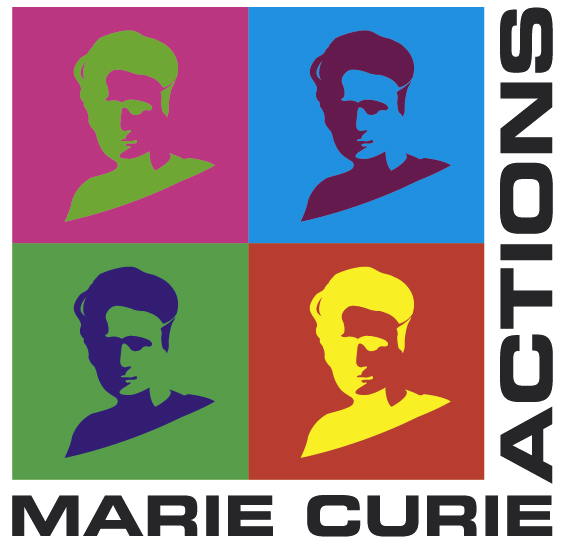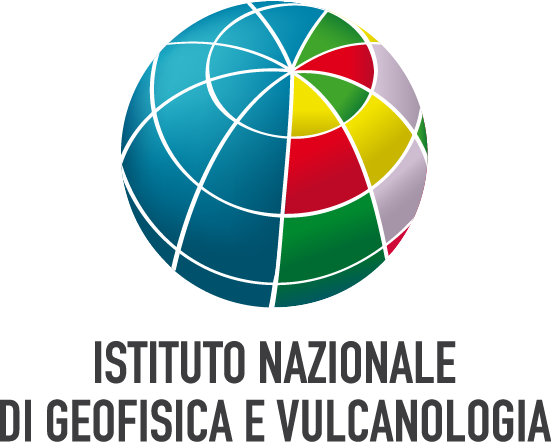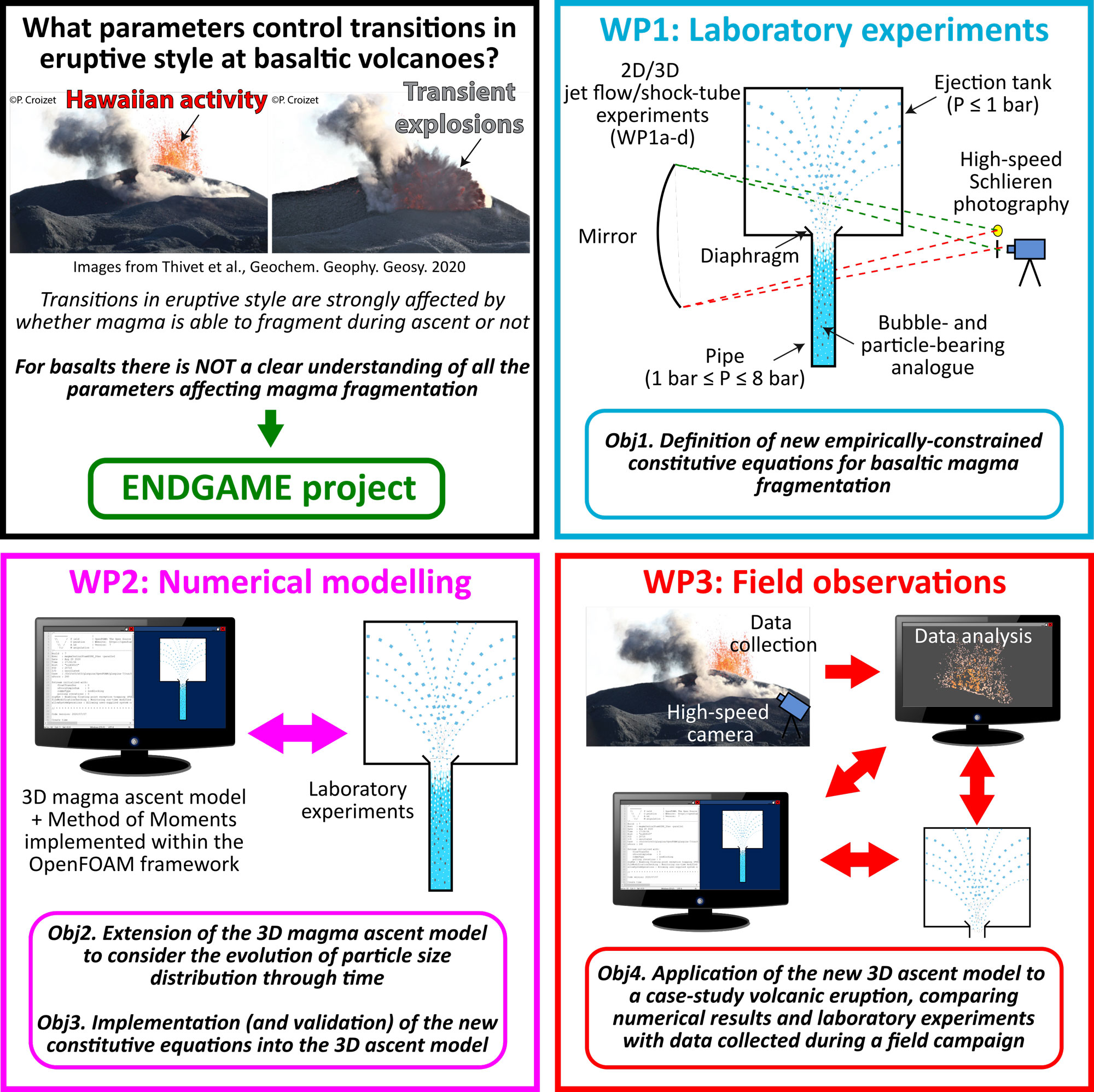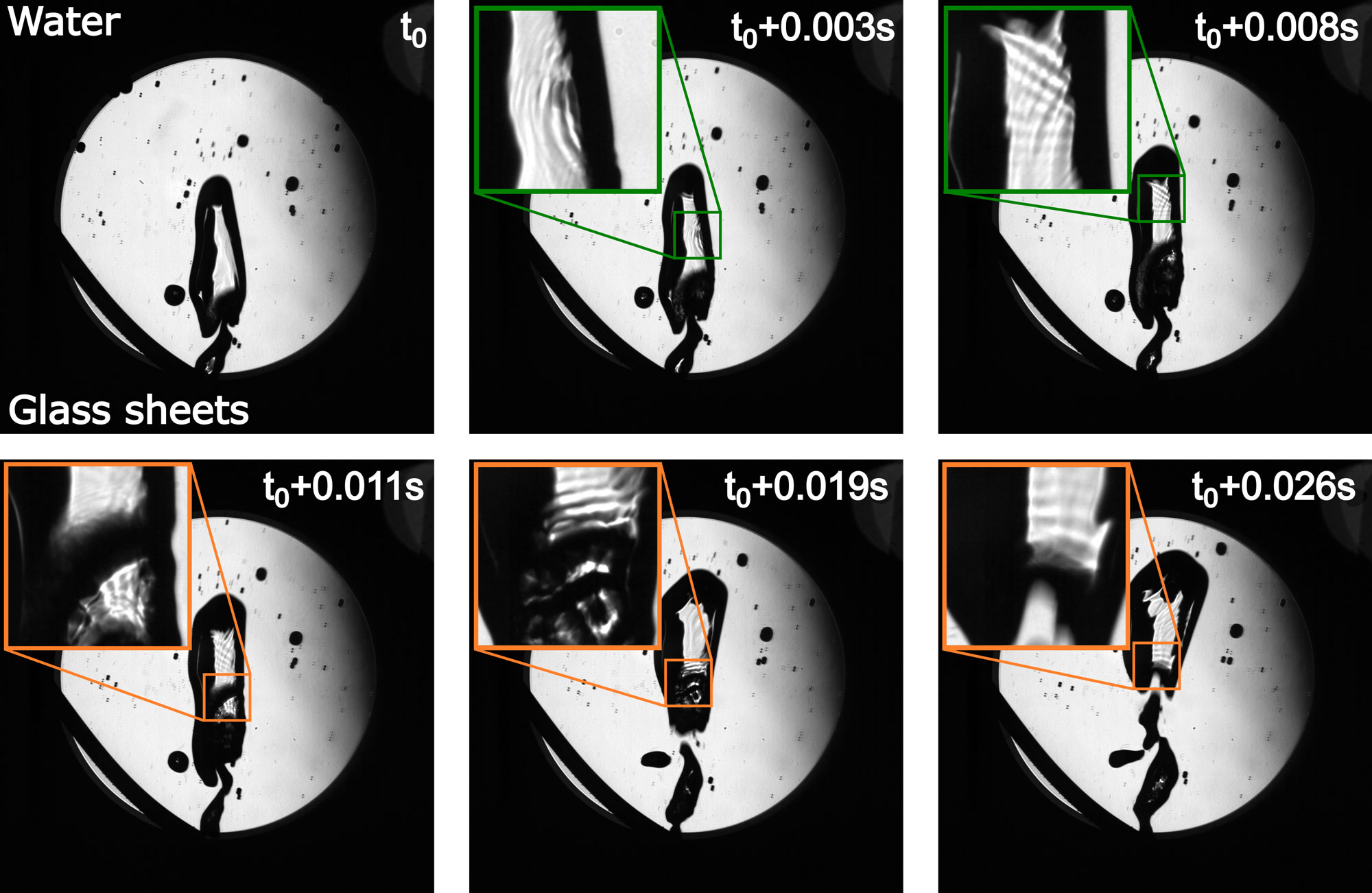
Title
ENDGAME
People
Researcher: Giuseppe La Spina - INGV-OE
Supervisor: Jacopo Taddeucci - INGV-Roma1
Collaborators: Laura Spina - INGV-Roma1
Francesco Pennacchia - INGV-Roma1
Piergiorgio Scarlato - INGV-Roma1
Project Info
The research project ENDGAME - laboratory Experiments, Numerical modeling and field observations of basaltic Magma fragmEntation - is a project funded by the European Community within the Horizon 2020 - Marie Skłodowska-Curie Actions Individual Fellowships program (Grant Agreement No. 101025887).
With the ENDGAME project we aim to investigate the transitions in eruptive styles in basaltic volcanoes by studying the fragmentation of basaltic magmas through a combination of targeted and cutting-edge fluid dynamics experiments, new holistic numerical models of magma ascent and new field observations collected during a basaltic eruption.
The interdisciplinary approach that characterizes ENDGAME will allow us to shed light on one of the biggest challenges in volcanic risk assessment: which parameters and how do they control the transition of eruptive styles in basaltic volcanoes?



WP
WP
Laboratory Experiments
To achieve the main objective of ENDGAME, a series of fluid-dynamics experiments will be performed. We will conduct jet flow and decompression experiments, investigating the fragmentation of the magma analogue within a fast-moving gas stream and during rapid decompression, respectively.
We will also deploy a well-established visual technique, which has been rarely used in volcanology: Schlieren shadow photography. This technique is used to capture the flow of fluids with varying density, allowing us to visualize shock-waves generated during decompression and to better distinguish bubbles and particles within the fluid. This setup, in combination with a high speed camera, will allow us to study the fragmentation process at a very high temporal and spatial resolution.
We performed preliminary tests aimed to prove out the configuration of the large 2D apparatus in combination with the Schlieren shadow-photography and high-speed cameras. We created a small 2D setup using either 2 parallel glass sheets separated by rubber seals and filled with a viscous liquid. The liquid was obtained by mixing hair gel and distilled water with different proportions. We also used a small spherical mirror and a high-speed camera. Air was injected into the 2D setup through a capillary tube connected either to a syringe or to a continuous gas supply and a flowmeter to control the air flow.
Preliminary results show that we can see density perturbations within both water and a viscous liquid. We can observe shock waves propagating inside large bubbles when coalescence is occurring, likely due to the rupture of the bubble wall. Our results demonstrate that we can properly set up the Schlieren shadow photography in combination with a high-speed camera and see the density perturbation within a viscous fluid and shock waves propagating within large gas bubbles.
Starting from this setup, we implemented the new large apparatus for the 2D jet flow and shock-tube experiments, which will be tested soon. By adopting at first a 2D geometry we will simplify the visualization of the phases within the fluid, allowing a better understanding of the fragmentation process. As a result, the quantification of the internal properties of the fluid will become more accessible, allowing us to formulate an initial set of equations for basaltic magma fragmentation, that will be then adjusted/validated using the 3D setup.
Numerical simulations
From the suites of experiments we perform in the laboratory, we are going to generate new constitutive equations for basaltic magma fragmentation, that will then be implemented in a state-of-the-art 3D multiphase multicomponent model for magma ascent. The model is implemented through the OpenFOAM framework (https://openfoam.org/), a free open source C++ platform for Computational Fluid Dynamics which also allows the use of a High Performance Computing (HPC) facility.
In this model, magma prior fragmentation is assumed to be a mixture of a liquid phase (melt, crystals and dissolved gas), and of an exsolved gas phase. Once fragmentation occurs the liquid phase is replaced by a dispersed particle phase with an average clast size. We will modify the 3D model to consider the fragmented particle phase as a mixture of solid components with a Particle Size Distribution (PSD) that varies with time. This will be achieved by implementing the “Method of Moments” (MoM), which has been recently adopted in volcanology to describe the space-time evolution of grain size distributions in volcanic plumes and of crystal size distributions in magmas.
Field Observations
With the new validated 3D model, we will investigate the eruption dynamics and their transitions on active basaltic volcanic systems, such as Etna and Stromboli.
The field campaigns are aimed at characterizing the particle size distribution and the particle exit velocity during eruptive activity using high-speed cameras. Data will be compared with the laboratory experiments and with the numerical modelling to provide more insight into the basaltic fragmentation process.
Products
Presentations and posters:
La Spina G., Spina L., Pennacchia F., Scarlato P. & Taddeucci J., Experiments, Numerical moDelling and field observations of basaltic maGmA fragMEntation (ENDGAME), IAVCEI 2023 Scientifi Assembly, Poster presentation



